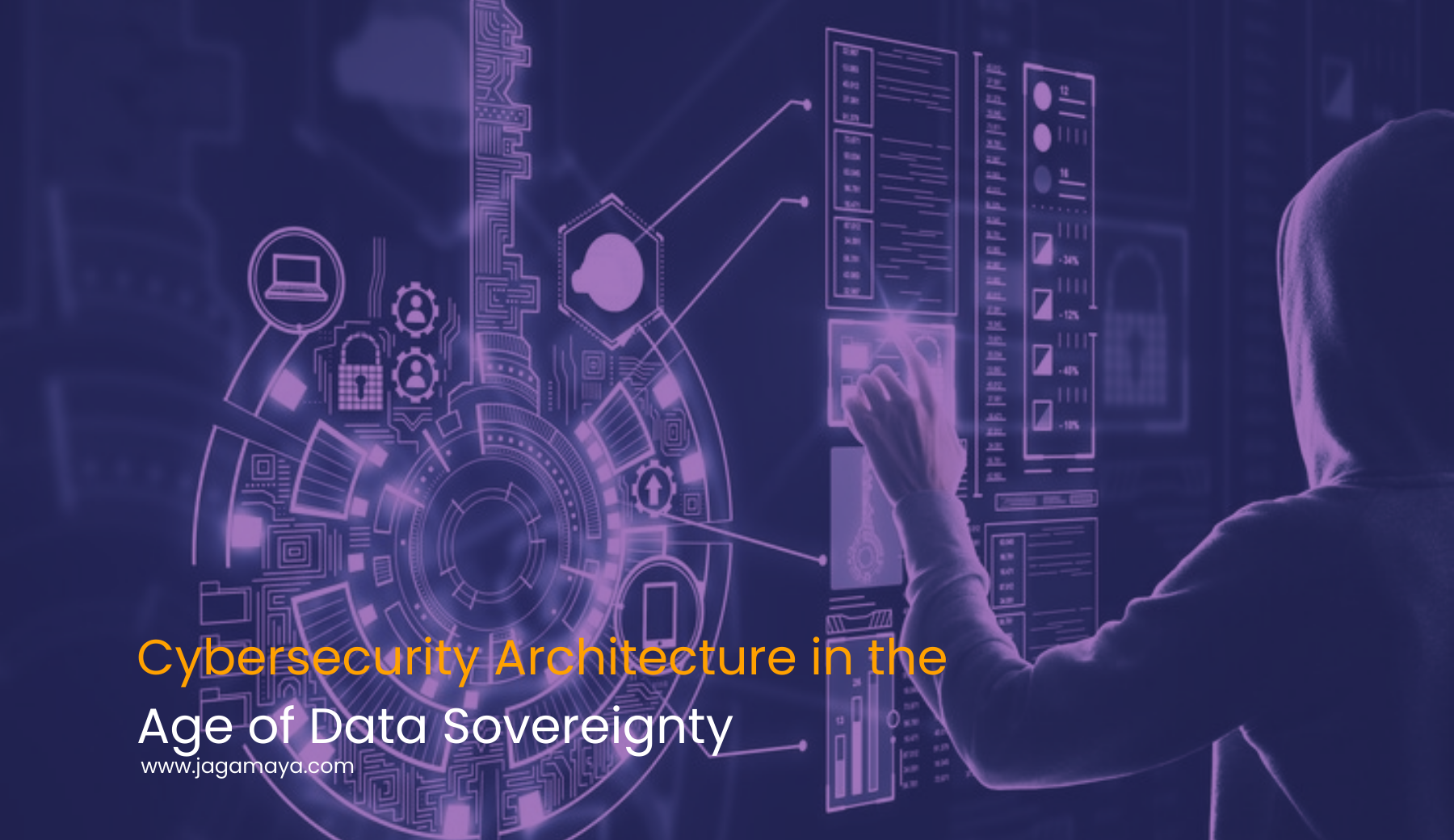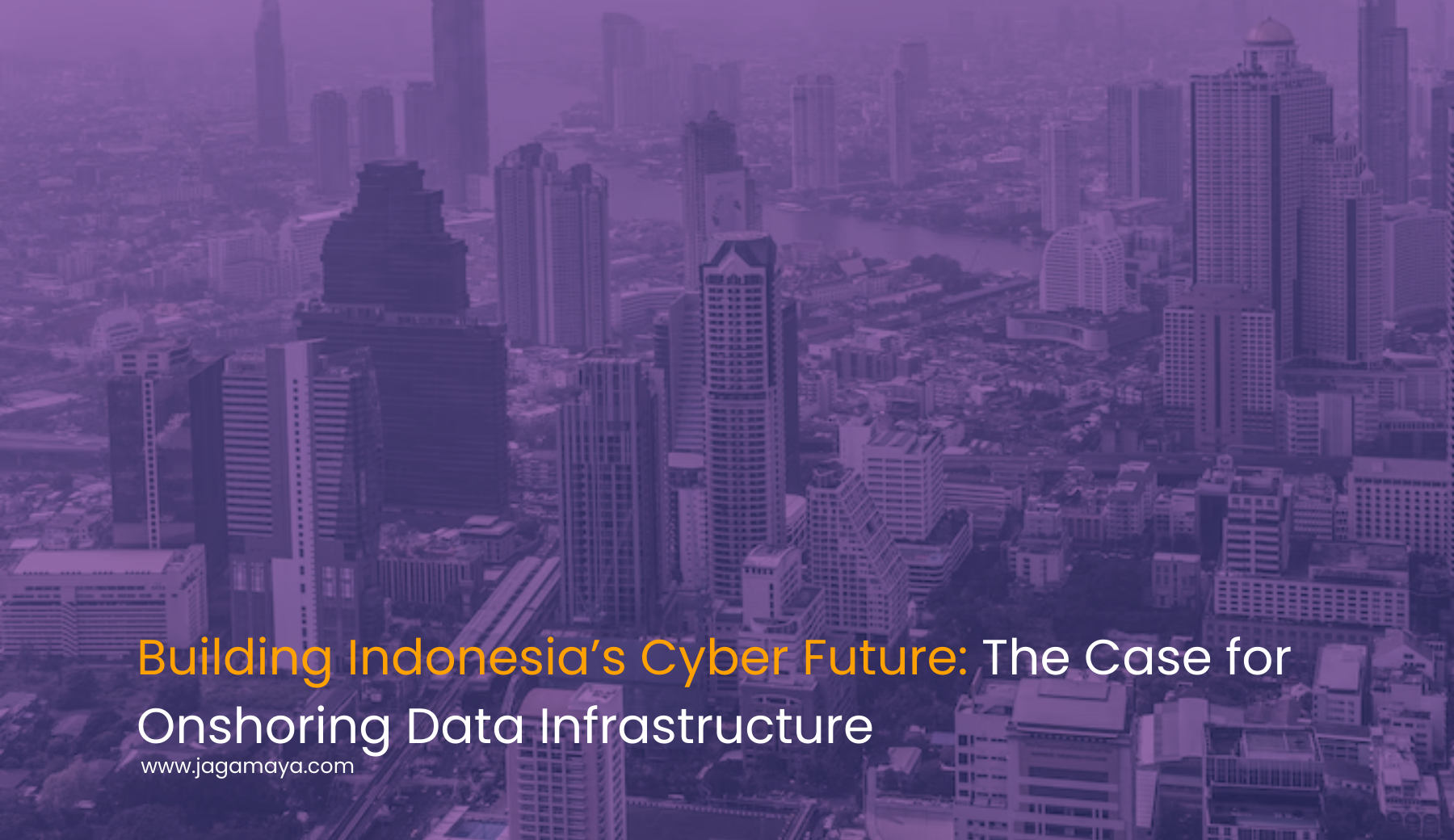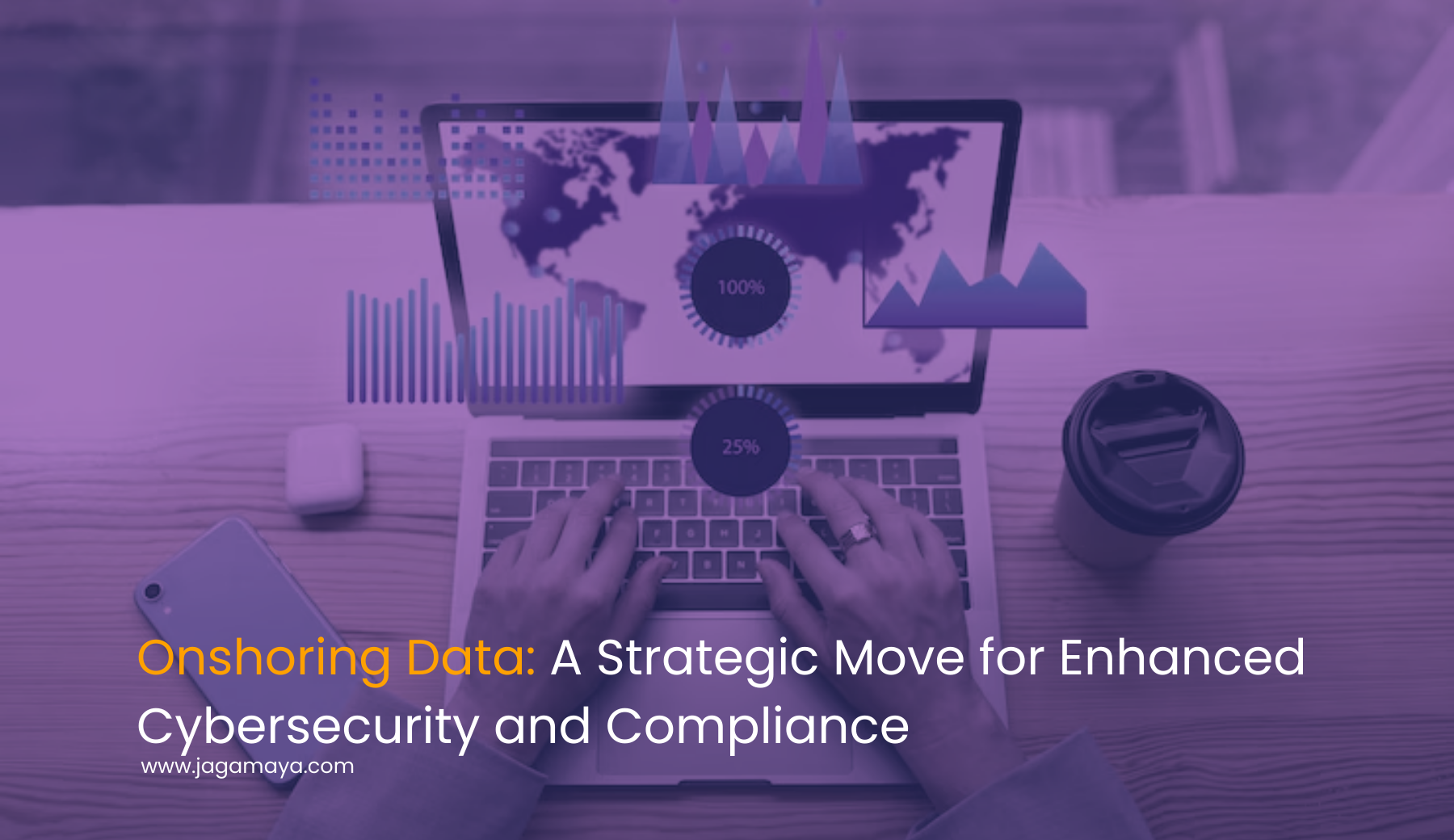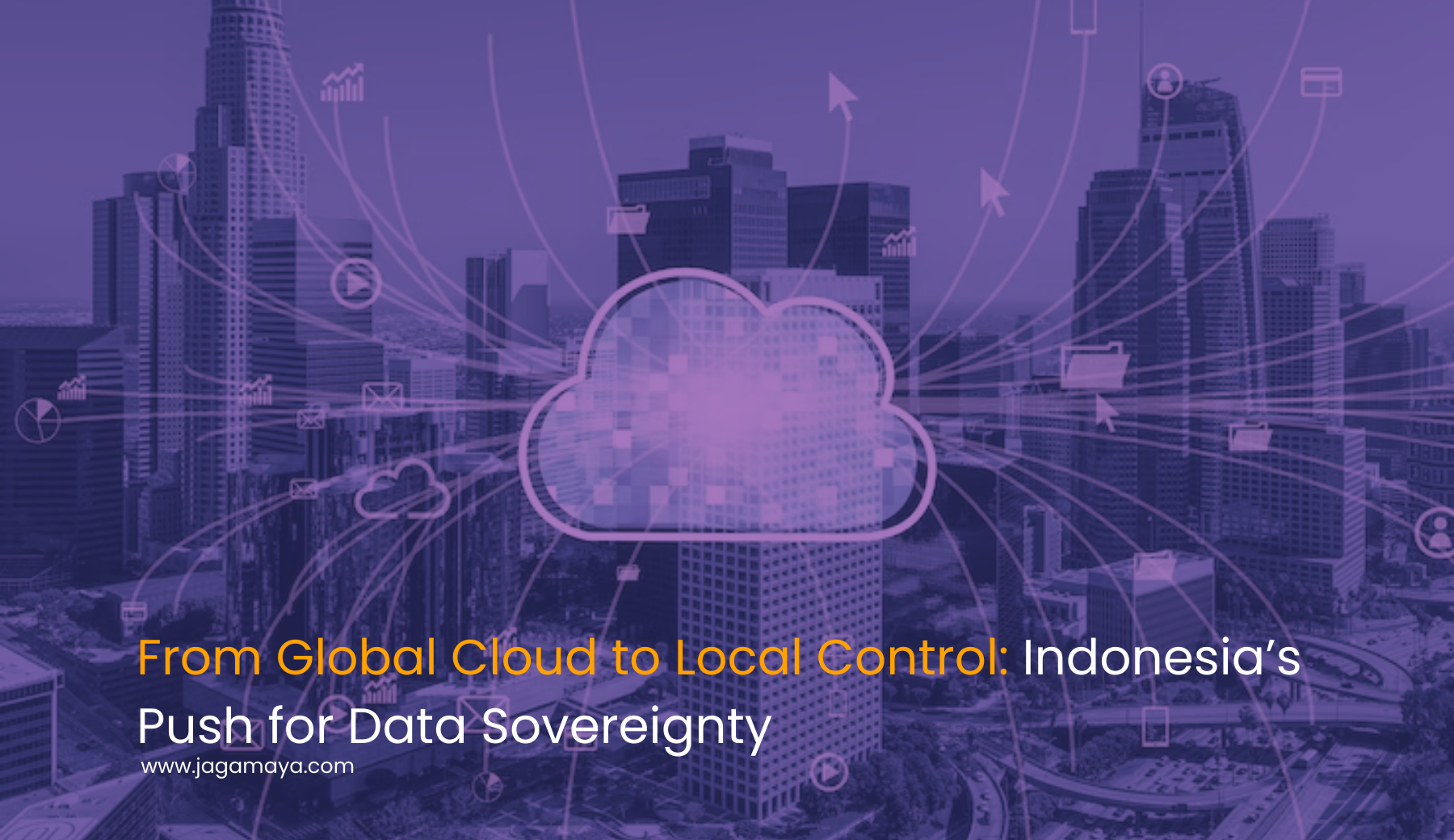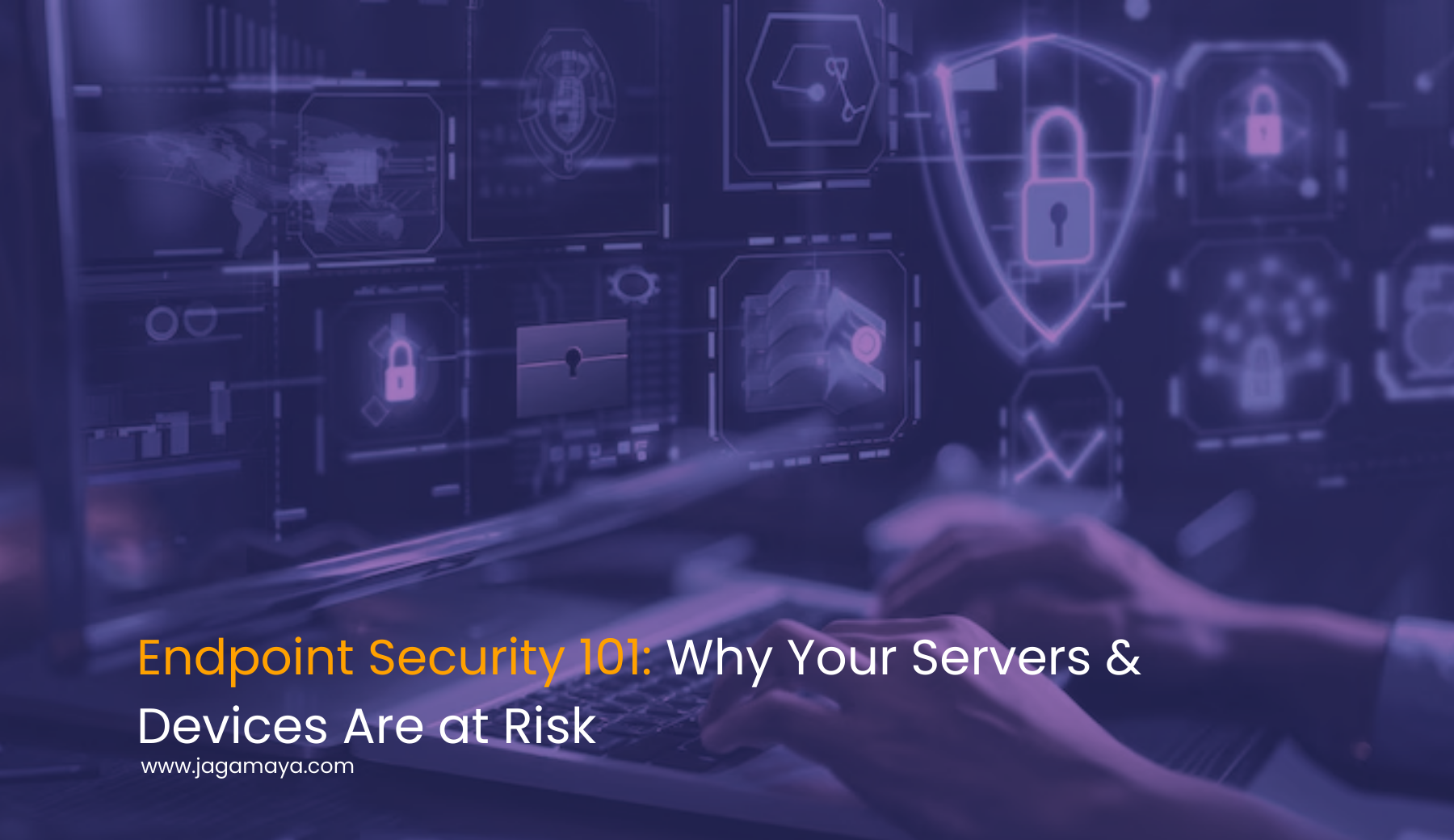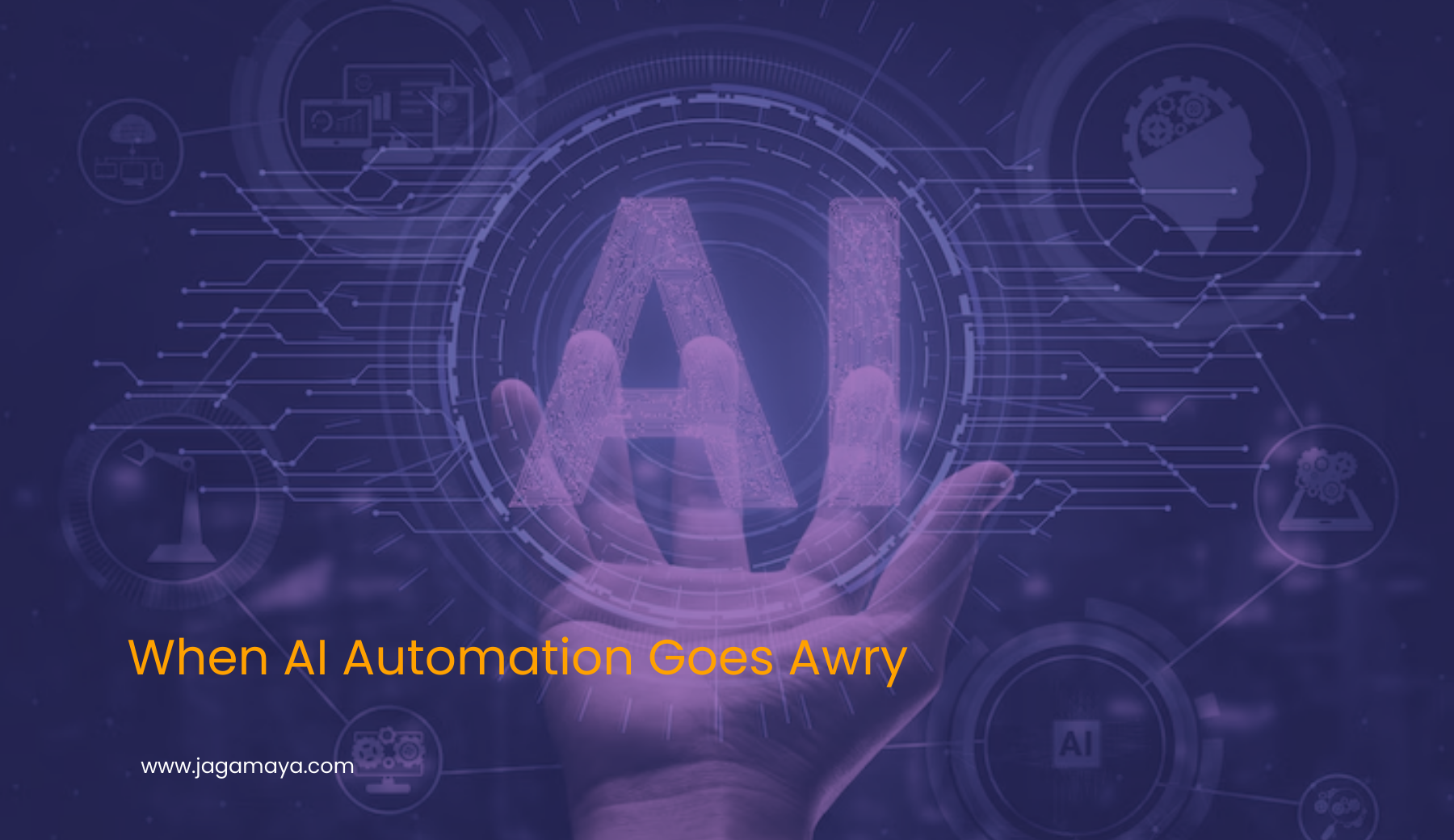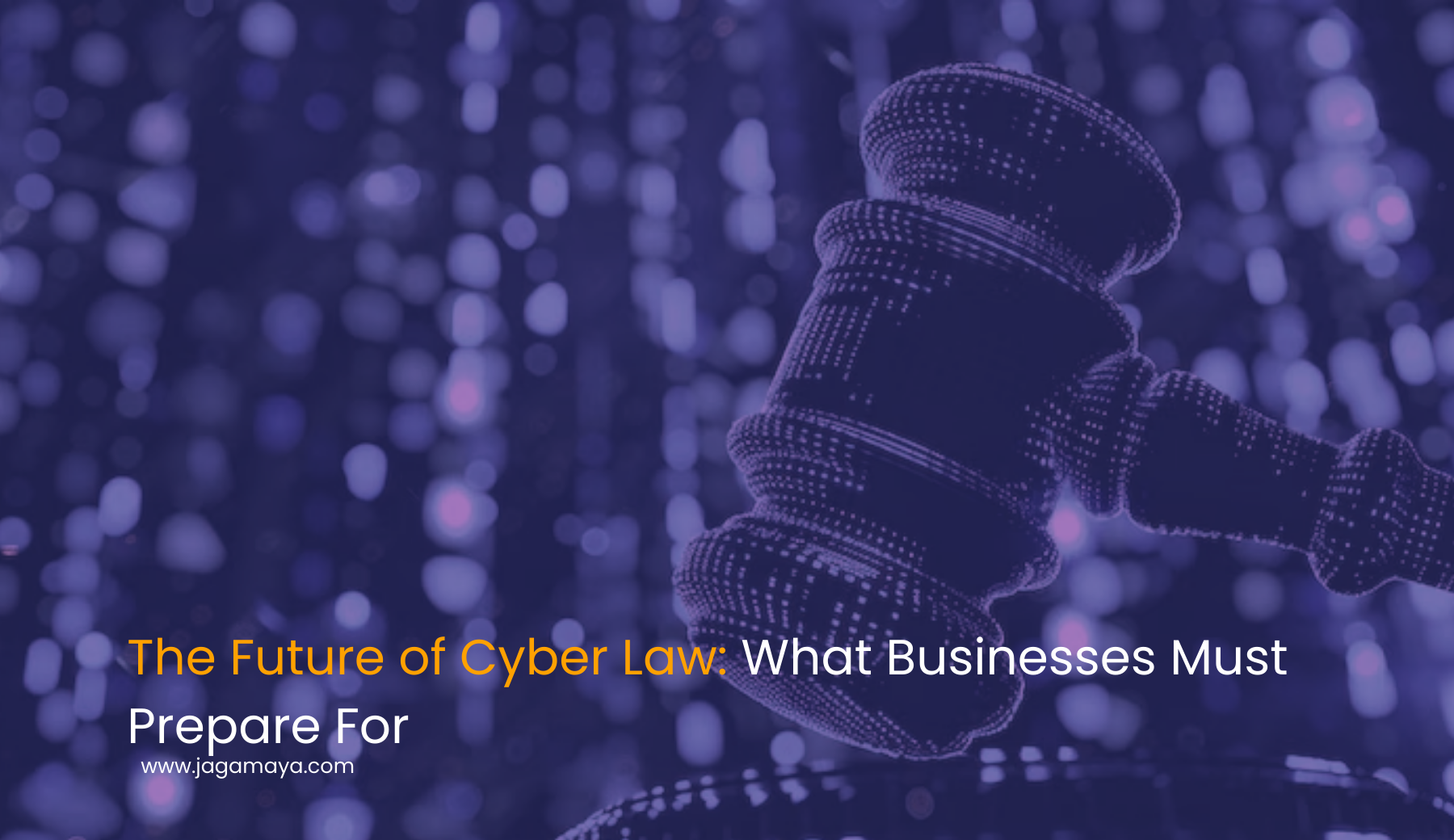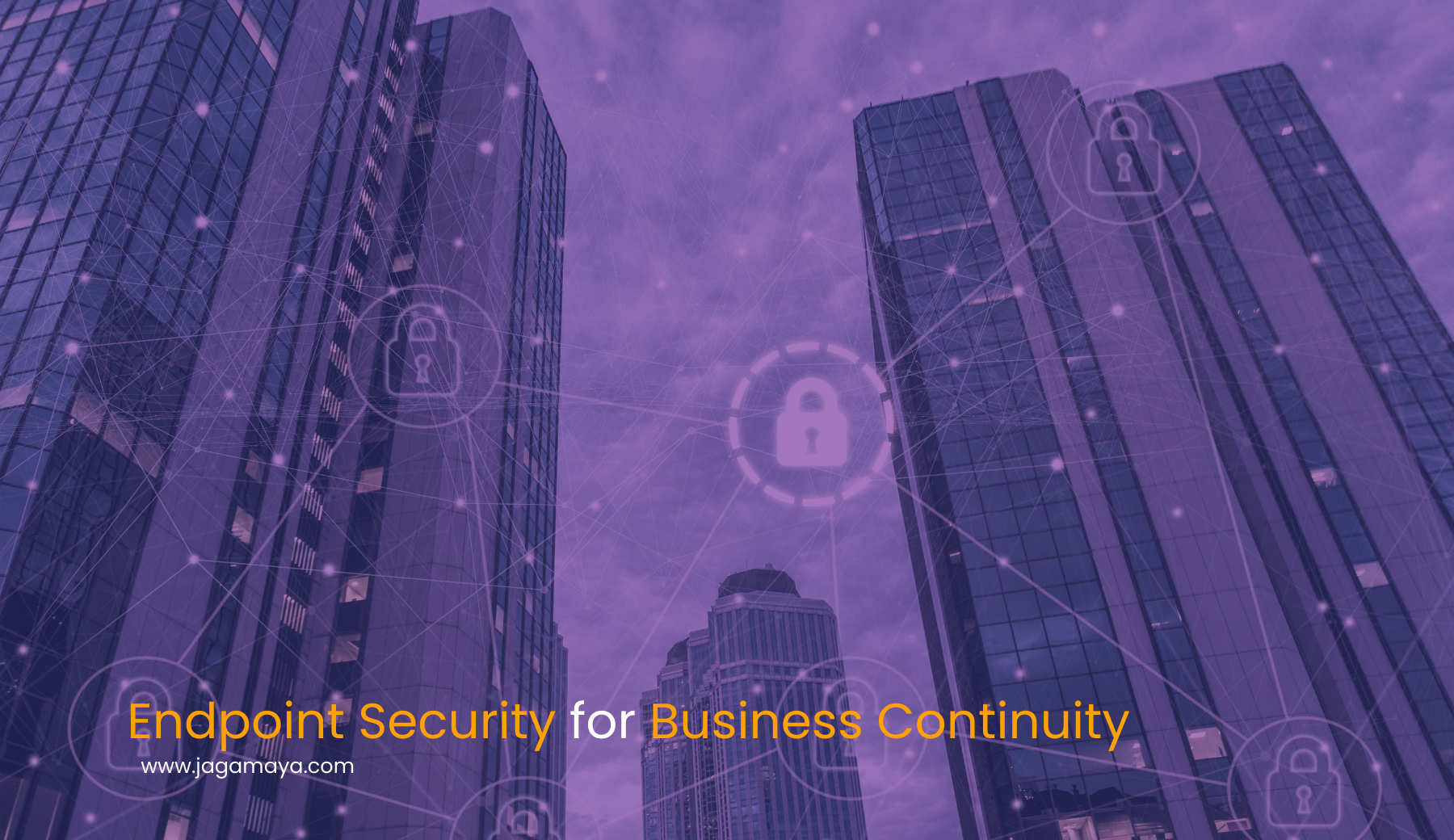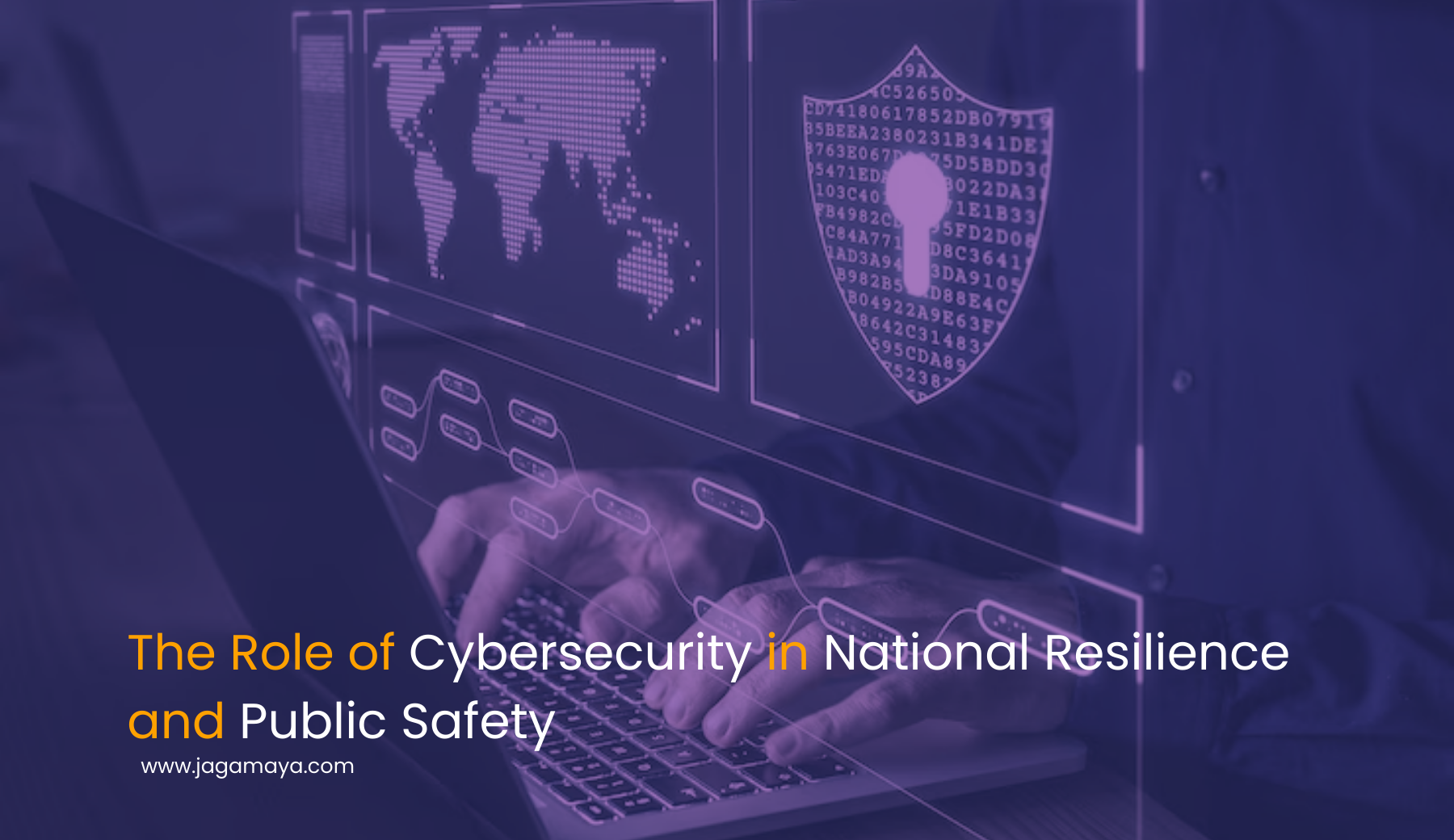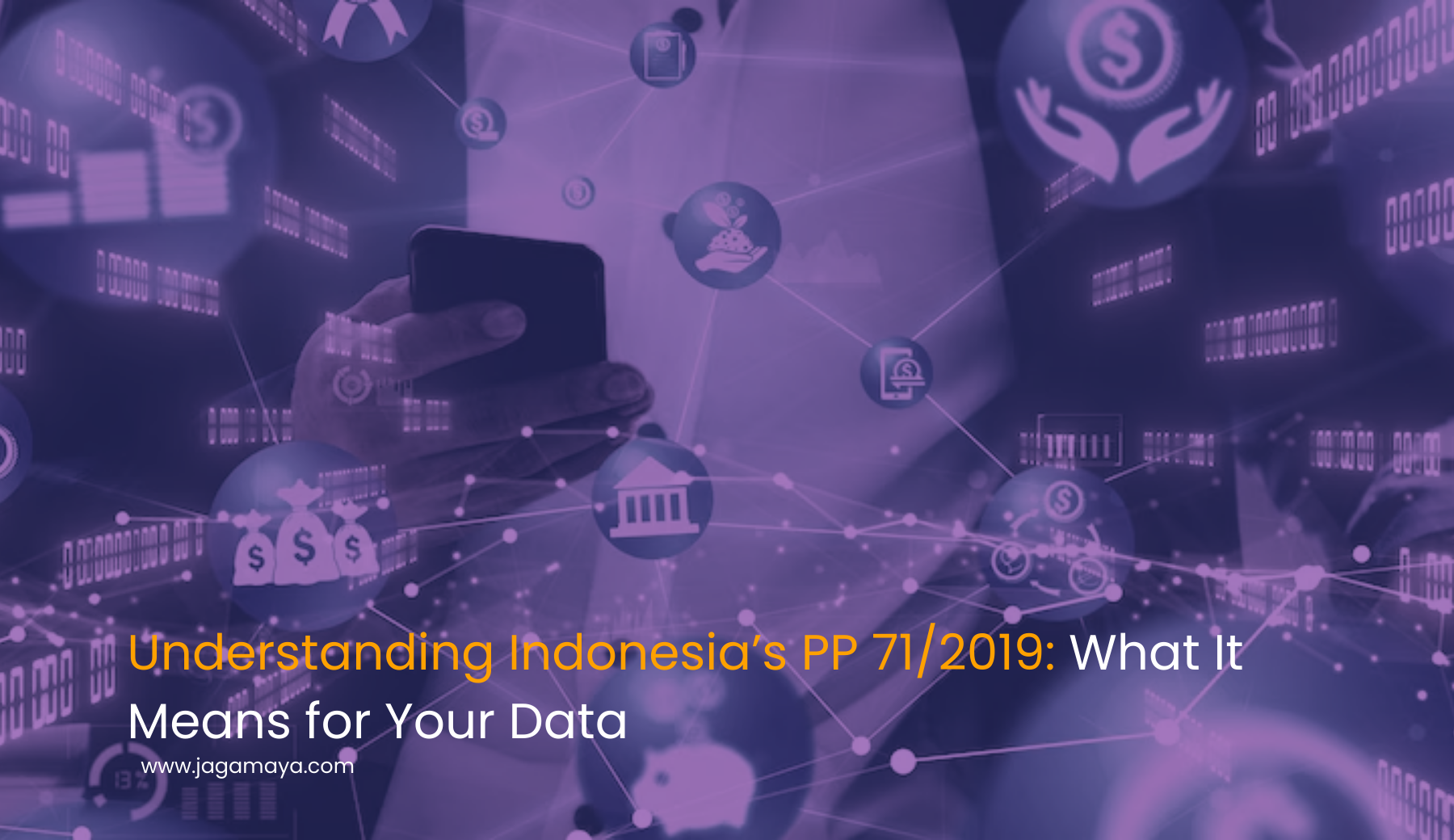In an era where data has become both an asset and a liability, the concept of data sovereignty is rapidly reshaping how organizations approach cybersecurity architecture. With more nations enacting stringent regulations to ensure that data generated within their borders remains under local jurisdiction, cybersecurity professionals must now rethink traditional security models to comply with these new frameworks while safeguarding critical systems.
The Rise of Data Sovereignty
Data sovereignty refers to the legal and political concept that data is subject to the laws and governance structures of the country in which it is collected or processed. Countries like Indonesia, through Peraturan Pemerintah (PP) No. 71/2019, mandate that public sector and certain private sector data must be stored and processed within national boundaries. These laws aim to protect citizens’ data from foreign surveillance and cyber threats, while also promoting national digital sovereignty.
This paradigm shift has major implications for cybersecurity architecture, especially for multinational organizations operating in regions with data localization laws. The traditional model of centralized cloud computing is being challenged, necessitating a new approach.
Rethinking Cybersecurity Architecture
To align with data sovereignty requirements, organizations must redesign their cybersecurity architecture in several key areas:
1. Decentralized and Localized Data Storage
Cloud service providers must offer local data centers to meet jurisdictional requirements. Companies should prioritize partnerships with providers that can guarantee local storage while maintaining security certifications such as ISO/IEC 27001.
2. Zero Trust Model Implementation
Zero Trust Architecture (ZTA) aligns naturally with data sovereignty because it treats every access request as potentially hostile, regardless of location. By enforcing identity verification, micro-segmentation, and least privilege access, Zero Trust helps secure localized systems.
3. Enhanced Endpoint Security
Localized data doesn’t eliminate the threat surface. Endpoints such as mobile devices, servers, and remote access points must be monitored and secured using EDR (Endpoint Detection and Response) solutions that comply with local data handling laws.
4. Data Residency-Aware SIEM and SOC
Security Information and Event Management (SIEM) and Security Operations Centers (SOC) should be adapted to ensure data logs and threat analytics remain within national borders. Leveraging AI-driven SOCs with in-country data processing enhances compliance and speeds up incident response.
5. Privacy by Design and Compliance Monitoring
Integrating privacy and compliance into the design of applications and infrastructure ensures that data sovereignty isn’t an afterthought. Tools for real-time auditing and compliance tracking can help businesses stay ahead of local regulatory updates.
Challenges in Implementation
Transitioning to a sovereignty-compliant cybersecurity architecture is not without challenges:
- Increased costs from deploying and maintaining local infrastructure.
- Complex supply chains that may not be fully compliant with local data laws.
- Talent shortages in cybersecurity professionals familiar with both technical and regulatory requirements.
- Vendor lock-in risks, especially when selecting local cloud or security solution providers.
Strategic Advantages
Despite these hurdles, adopting data-sovereign cybersecurity architecture offers tangible benefits:
- Stronger national trust and alignment with government digital strategies.
- Reduced exposure to foreign surveillance and extraterritorial laws like the U.S. CLOUD Act.
- Improved resilience in the face of cross-border cyber incidents.
- Competitive differentiation in regulated industries like finance, healthcare, and public services.
Conclusion
As data sovereignty continues to influence global and regional cybersecurity strategies, forward-thinking organizations must evolve their architecture to reflect this new reality. In countries like Indonesia, where data protection regulations are rapidly maturing, the shift is not just a matter of compliance—it’s a strategic imperative for business continuity, public trust, and digital resilience.
To remain secure and competitive, cybersecurity must be built on foundations of local control, transparency, and adaptability. Organizations that act early and decisively will not only mitigate risk but also lead in the emerging era of cyber-sovereign architecture.

